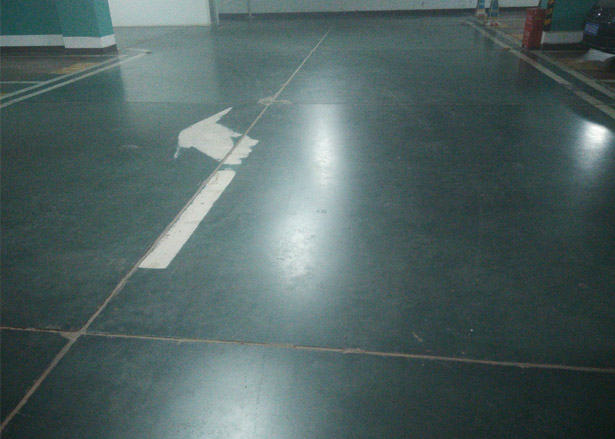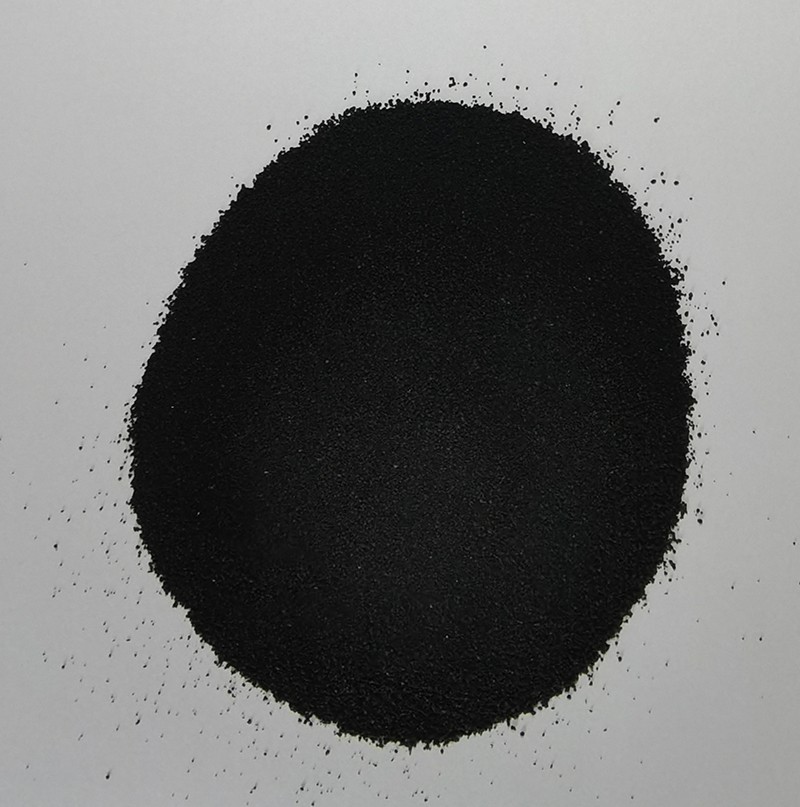## Understanding High-Strength Friction and Sealing Materials
High-strength friction and sealing materials play a pivotal role in modern manufacturing, providing essential functions in various industries including automotive, aerospace, and heavy machinery. These materials are engineered to withstand significant stress while maintaining integrity through friction and sealing applications.
### Key Components and Mechanisms
The primary components of high-strength friction and sealing materials include polymers, fillers, and additives. Polymers form the backbone of these materials, offering flexibility and resilience. Common polymers include polyurethane, silicone, and rubber, which are chosen based on their thermal stability and resistance to wear.
Fillers, such as carbon black and glass fibers, are integrated to enhance specific properties. For instance, glass fibers increase the material's tensile strength, making it suitable for high-load applications. Additives, including plasticizers and curing agents, further modify attributes like durability and adhesion, ensuring optimal performance under various conditions.
The working mechanisms of these materials are rooted in their complex structure. For sealing applications, the surface interaction between the sealing material and the substrate creates an effective barrier against fluids and gases. The compressibility of the materials allows them to fill microscopic gaps, ensuring a tight seal. In friction applications, the materials are designed to grip surfaces securely while minimizing wear. This is critical in braking systems, where high-friction materials are necessary to provide reliable stopping power.
### Application of Advanced Technology
The production of high-strength friction and sealing materials has significantly benefited from technological advancements. Automated manufacturing processes allow for precise mixing of components and consistent quality control. Techniques like injection molding and 3D printing enable the creation of intricate designs that meet the specific needs of various industries, facilitating efficient production processes.
For instance, in the automotive sector, high-strength friction materials are used in brake pads that withstand extreme temperatures and pressures. The ability to tailor these materials for performance longevity directly contributes to vehicle safety and reliability. Similarly, in aerospace, advanced sealing materials are essential for maintaining pressurization and preventing leaks in aircraft cabin systems, where failures can lead to catastrophic results.
### Conclusion
In summary, high-strength friction and sealing materials are indispensable in the realm of modern manufacturing, driven by a sophisticated blend of polymers, fillers, and additives paired with advanced production technologies. Their role in enhancing safety and performance cannot be overstated. To further explore high-strength friction and sealing materials or to find reliable suppliers, please contact us. Your inquiries can guide you to the best solutions tailored for your specific needs.
Show More >>
PRODUCTS
You are welcome to contact us at any time, please write the message here and we will reply you in 24 houre. thanks foryour support.
NEWS
May.22, 2019



